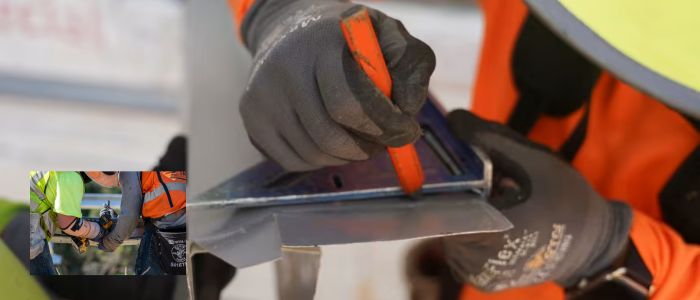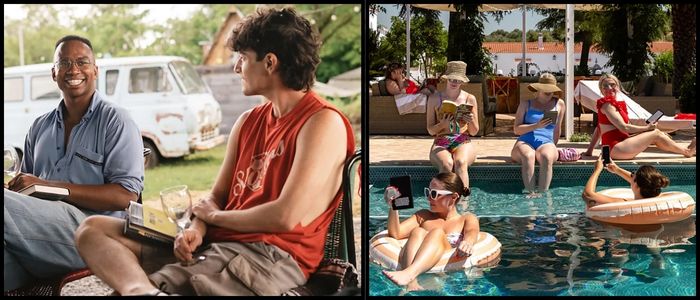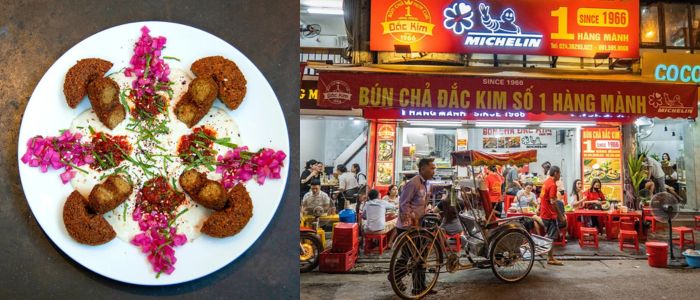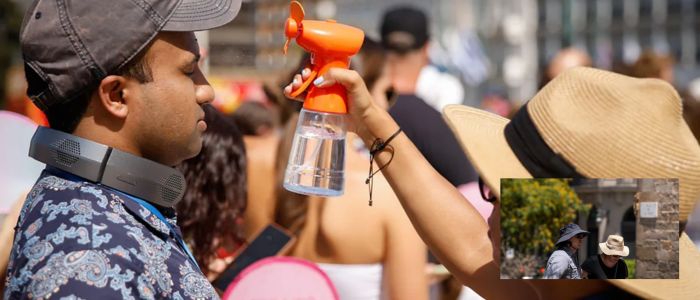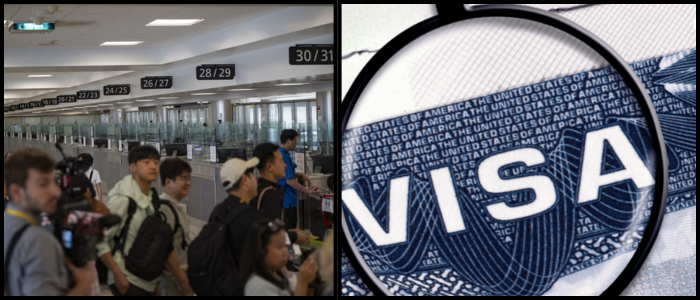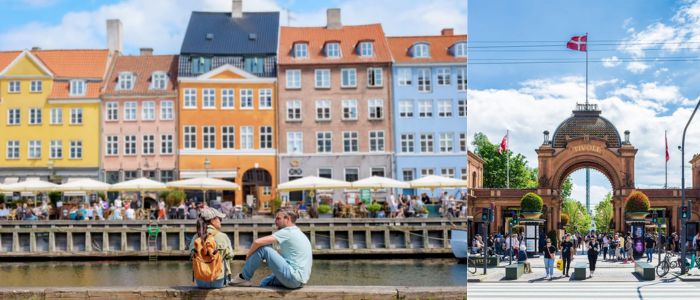Many of those coming and going from the shelter have worked in restaurant kitchens, like Martha, who runs the venue, underscoring the ways that such venues are providing crucial community assistance that extends beyond the plate.
Ms. Piepenburg, 54, remembers tales of older patrons too scared to get out of their car or a young trans woman who had to have her mother wait outside while she socialized inside. These intimately personal moments convey a broader message: LGBTQ+ dining spaces are part and parcel of American culture, and they remain refugees in times of uncertainty.
From Classic Diners to Essential Community Outposts
Talking at the Malibu Diner in Chelsea, New York, Piepenburg's ethos of diners, where much of his book, Dining Out: First Dates, Defiant Nights, and Last Call Disco Fries at America’s Gay Restaurants is set. Building on his 2021 article, the book makes its way across the country to explain how gay restaurants, in all their iterations, have nourished L.G.B.T.Q.+ communities for decades.
“Gay, in my terms, means all identities under the LGBTQ+ and queer umbrella,” he says. These restaurants, he said, are not defined by ownership but by clientele spaces where queer people feel they belong. His stories run from Annie’s Paramount Steak House in Washington DC to Casita del Campo in Los Angeles, both long-term family-run institutions that double as reliable sanctuaries.
In Connecticut, Piepenburg visits a feminist restaurant and bookstore, Bloodroots, dedicated to radical inclusivity. In Cleveland, he drops by Flex, a gay sauna, where naked men in towels are still being served meals that include meatballs and cheese ravioli. While Flex is not technically a restaurant, it’s a way to connect over food. Asked what the perfect dish might be in a sexually charged bathhouse setting, one manager, with a twinkle in his eye, suggested the chili. The staff hates the laundry.”
Joy, Protest, and Identity in Spaces
Piepenburg details the history of 20th-century automat cafes in which gay men flirted over coffee, and the New York landmarks past, including the Big Cup, Florent, and the Tiffany Diner. Florent, owned by HIV-positive Florent Morellet, even served his T-cell count on menus. The place even held an adventurous photo shoot in 2004, with HIV-positive people posing in the nude for an HIV and AIDS magazine cover.
In restaurants, the battle for equality rages, too. Piepenburg focuses on the tale of Deborah Johnson and Zandra Rolón Amato, a lesbian couple who in 1983 were refused a booth at a Los Angeles restaurant and went on to win a landmark court case. He also writes about Atlanta’s Gallus, an enormous complex with fine dining, a cabaret, and a cruisy bar, and salutes the eateries that fed people with AIDS even as stigma swirled.
In Palm Springs, Piepenburg ate at Alice B, counting synchronized swimmers as the troupe put on a show. In New York, restaurants and bars like Cafeteria, Elmo, Julius, and Hags are still serving food — and community.
One poignant profile of anyone out there — “remember” is counterprogramming for the holidays, you might say — is of the late Peggy Hubbard, a waitress at Atlanta’s Silver Grill, now shuttered, who fiercely shielded LGBTQ+ patrons. Piepenburg also fondly recalls Orphan Andy’s in San Francisco and the now-defunct Melrose Diner in Chicago.
His own romance appears to be on solid footing: His first date with his partner of 17 years, David, took place at the Skylight Diner in New York — an early indication of their enduring relationship.
It is unclear what will become of gay restaurants in the future, Piepenburg said, but he believes they will continue to be important in locations where the LGBTQ+ community is still without a safe and affirming place. Many younger people, he says, are looking for “third spaces” — not bars, not workplaces — where they can get together. They are gay restaurants for many.
Travel
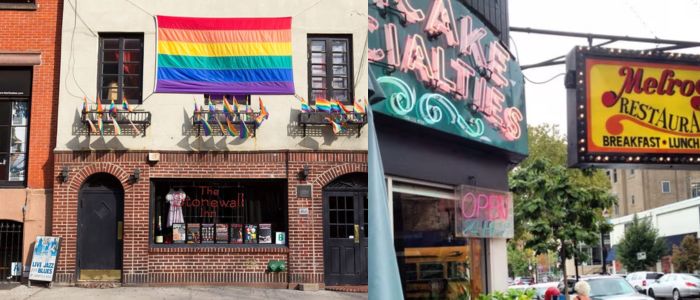
America’s Gay Restaurants Preserve Community, Culture, and Safe Spaces

For Erik Piepenburg, a restaurant in Green Bay called Napalese Lounge and Grille, or “Naps” as he calls it, is more than just somewhere to eat. It’s a welcoming sanctuary, particularly for transgender people who travel long distances just to feel seen and safe while indulging in comfort food like beer-battered shrimp and cheese curds.






